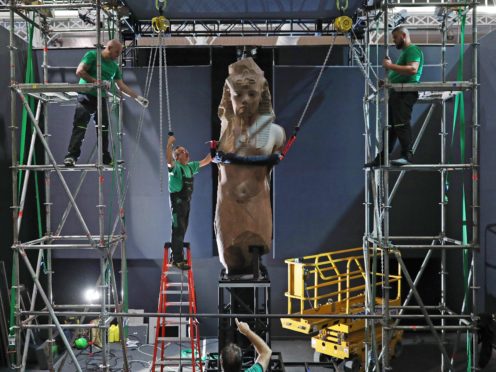The largest collection of Tutankhamun’s treasures to ever go on display has been packed up and is on its way to London where they will be seen in the UK for the final time.
Celebrating 100 years since the boy king’s tomb was discovered, 160 artefacts – including jewellery, weapons, coffins and statues – are on a journey across the world before they return to their home in Egypt forever.
More than 60 of the items are travelling outside of Egypt for the first time, making the overall collection the biggest to have ever gone on tour.
London is the third of 10 cities to host the exhibition, with artefacts on display at the Saatchi Gallery from November 2 2019 until May 3 2020.
Once the tour is complete, they will return to their permanent residence at the Grand Egyptian Museum near the pyramids of Giza.
The items have been uninstalled from Paris’ Grande Halle de la Villette, where they were on display from March to September and drew more than 1.4 million visitors making it France’s most-visited exhibition of all time.
Weighing a total of 15.6 tonnes, the artefacts have travelled in custom-created inner crates and outer crates to ensure there is no movement while in transit.
The items require 48 hours to acclimatise after being transported before the crates are opened, and there are specific controls for temperature and light inside the exhibition cases to keep them in top condition.
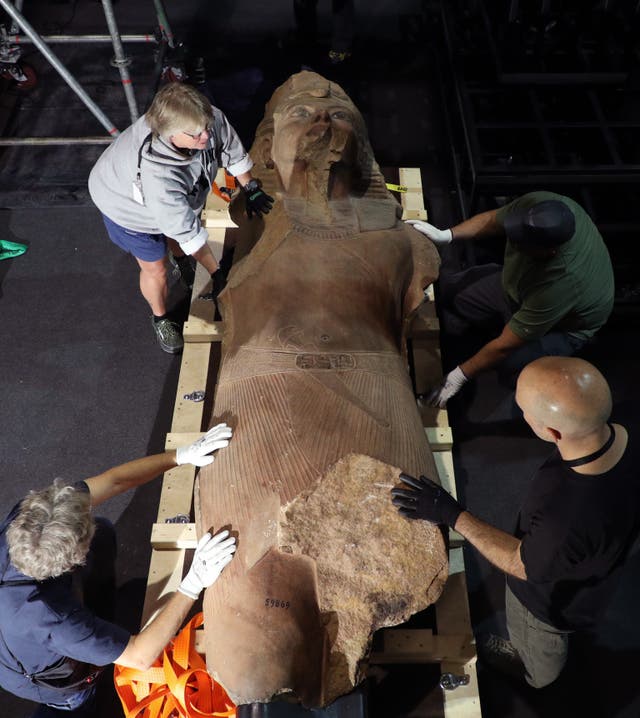
Egyptian restorers have been embedded with the team throughout the tour, and one has remained with the artefacts in all locations and while they are travelling.
Museums consultant and collections manager Jackie Hoff said: “I’ve got 25-plus years’ experience doing this, and this is the most complex show I’ve ever dealt with.
“The size of the material, the status and preciousness of everything, the fragility of every single piece, it really takes a lot of time, a lot of effort and a lot of communication and co-ordination to pull it all off.”
Egyptologist Dr Chris Naunton said: “Visitors to the exhibition, when it arrives in London, are going to see a cleverly-selected series of items relating to Tutankhamun’s life and also to the moment of his death and what happens to the burial, the body and the tomb, and ultimately what happens to Tutankhamun – in the Egyptian mindset – in the afterlife as well.
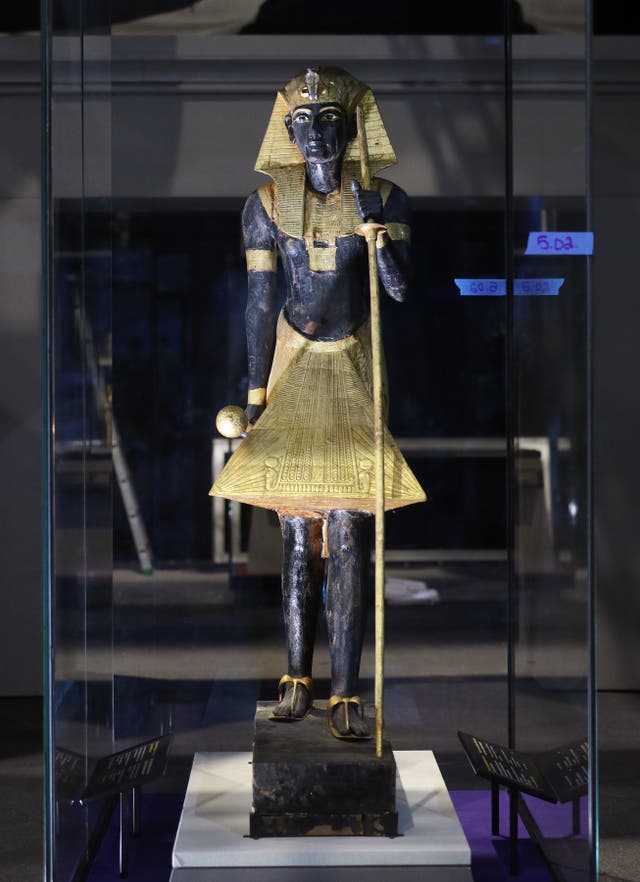
“Visitors will see everything from trappings that were placed on the mummy, jewellery that was placed on the body, items that might have been associated with activities he was involved in had he gone into battle – daggers, arrows, shields, boxes for furniture, clothing.
“It’s the full range of things that somebody of his status would have had in life and taken with him to the afterlife.”
Among the items display are a life-sized wooden guardian statue of the king, a miniature canopic coffin that formed part of the mummification process, and a gilded wooden bed, a ceremonial item that is believed to have been created for Tutankhamun’s funeral to keep evil forces at bay.
Tutankhamun, who ascended to the throne as a child in 1333BC, frail and with numerous health complaints, was buried in the Valley of the Kings.
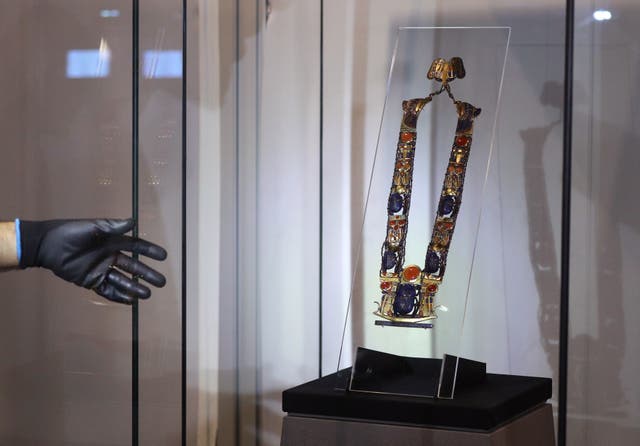
The young pharaoh’s tomb was discovered by British archaeologist Howard Carter in 1922, more than 3,000 years after his death, in an expedition financed by Lord Carnarvon.
The landmark discovery of the tomb filled with royal treasures brought to light almost perfectly-preserved artefacts from a vanished civilisation, and it has captivated the world ever since.
Following the tour, produced by the Egyptian Ministry of Antiquities and IMG, the funerary objects will return to the land where the pharaoh was laid to rest.
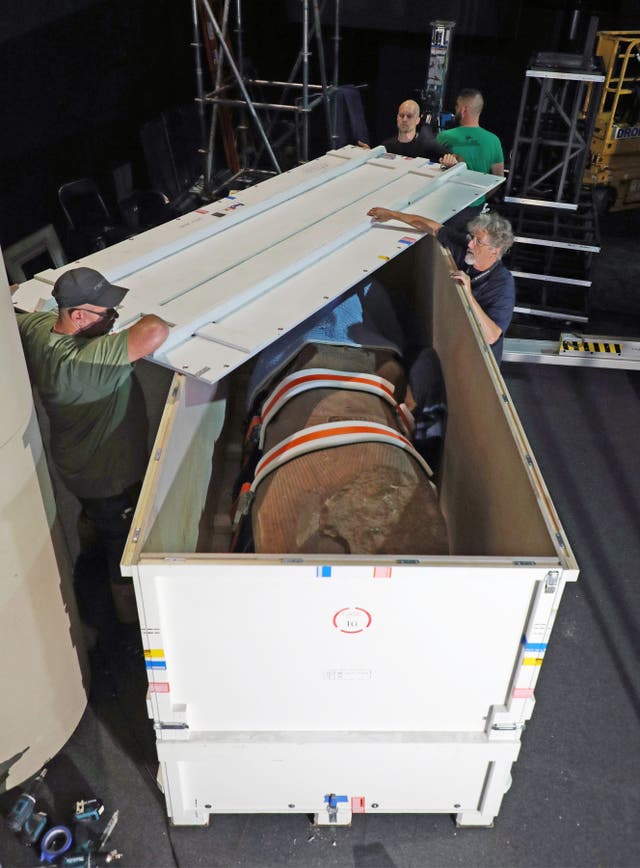
Previous London-based exhibitions of objects from Tutankhamun’s tomb in 1972 and 2007 drew huge crowds and, due to high demand for the forthcoming show, the organisers have announced extended morning and evening session tickets for the opening weeks of the exhibit.
In addition to the extended hours, there will be a programme of “lates”, which will take place on the penultimate Friday of November and December and will include drinks and music.
Tutankhamun: Treasures of the Golden Pharaoh presented by Viking Cruises opens at the Saatchi Gallery on November 2. Tickets are on sale now.
